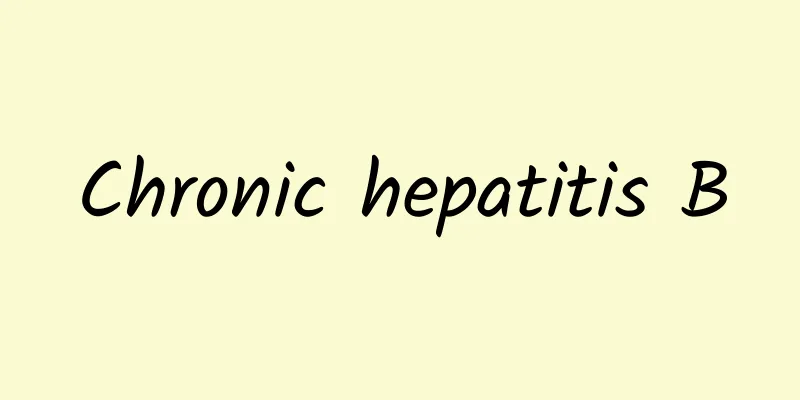What can bronchoscopy diagnose?

|
As for the discovery and treatment of diseases, we all know that treatment is generally not that comfortable. However, for some specific diseases, not only the treatment process, but also the examination makes many people dare not try it easily. For example, the gastroscopy and colonoscopy that are more familiar to friends, and the bronchoscopy we are going to talk about today is also one of the uncomfortable examinations. However, for the sake of physical health, some targeted examinations are necessary. So let's talk about what can bronchoscopy confirm? Bronchoscopy can not only diagnose lung diseases but also perform various treatments within the trachea . Among them, the diagnostic role is the most well-known to the public. With the development of technology, the diameter of the bronchoscope has become smaller, and the lower bronchi can be examined. The scope of examination has also been expanded, and it can even reach the edge of the lung for biopsy. It is not only very intuitive, but also can perform cell brushing and alveolar lavage, and other related pathological examinations through bronchoscope. For example: for patients with lung shadows and suspected lung cancer, tumors in the trachea can be discovered early, and through bronchial brushing. Take a biopsy. Irrigation fluid can be used to find cancer cells and confirm the diagnosis at an early stage. Patients with hemoptysis can accurately find the bleeding site. Patients with atelectasis can directly see the cause of bronchial obstruction. Patients with serious infections can also accurately find pathogens through bronchial brushing bacterial culture. For some long-term chronic coughs of unknown cause, bronchial secretion cytology analysis can be performed, which is very meaningful for diagnosis. Common diseases that require bronchoscopy include: 1. Benign and malignant tumors of the bronchi and lungs. 2. Bronchial endothelium and pulmonary tuberculosis. 3. Patients with unexplained coughing up blood or blood in sputum; 4. Patients with localized lung shadows of unknown nature found on CT or X-ray should actively undergo this examination; 5. The diagnosis of diffuse shadows and the causes of atelectasis and obstructive pneumonia are very meaningful. 6. Diagnosis of pulmonary infectious diseases; 7. Unexplained persistent cough; or chronic cough with recent changes in nature and frequency; 8. Unexplained hoarseness. In short, we found that in clinical work, many diseases are discovered in their early stages through X-rays and bronchoscopy, and early diagnosis is particularly important for patients with lung cancer. |
<<: What happens if you take weight loss pills during your period?
Recommend
One minute quick bowel movement
In today's society, almost everyone has exper...
What to do if your lips become inflamed and ulcerated
Don’t think that dry lips and frequent peeling ar...
Massage techniques for baby diarrhea
Diarrhea is a common symptom in daily life for ma...
Can I eat mung beans while taking medicine?
Mung beans are often used as a food ingredient an...
Symptoms of facial skin allergies
Everyone knows that the skin on the face is relat...
What causes a swollen butthole?
The anus is a relatively private part of our body....
Can protein be converted into fat?
As we all know, the reason why a person becomes f...
What to do with pharyngitis and vomiting? Three folk remedies can help you effectively relieve
For patients suffering from pharyngitis, vomiting...
What is the effect of moxibustion on Sanyinjiao?
Moxibustion at Sanyinjiao can have a wide range o...
How to get your period early? Three methods can help you
Early onset of menstruation is often a sign of me...
Symptoms of eczema on the soles of feet
Eczema is a skin disease. As we all know, eczema ...
The efficacy of Eucommia and Achyranthes bidentata
Eucommia ulmoides and Achyranthes bidentata are b...
Why do I have breast pain after having an abortion?
Generally speaking, abortion is a last resort for...
How do people who often get angry treat it?
"Getting angry" is actually a term in T...
What does amylase do in the body?
Clinically, amylase mainly plays a certain role i...









